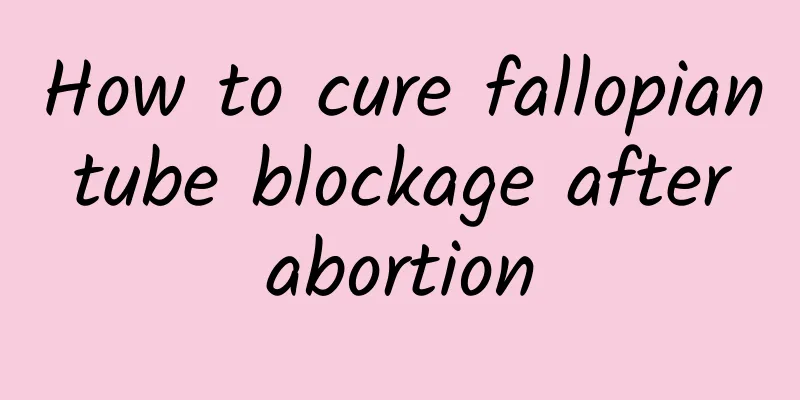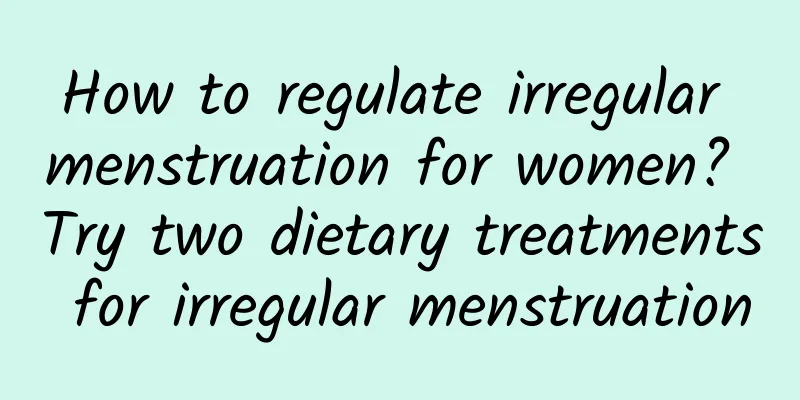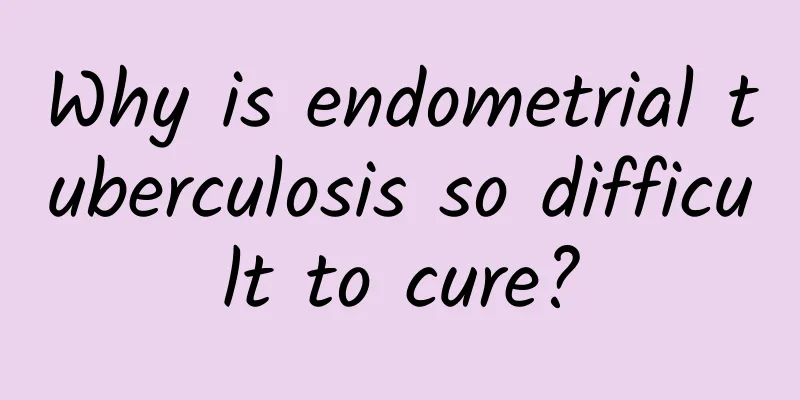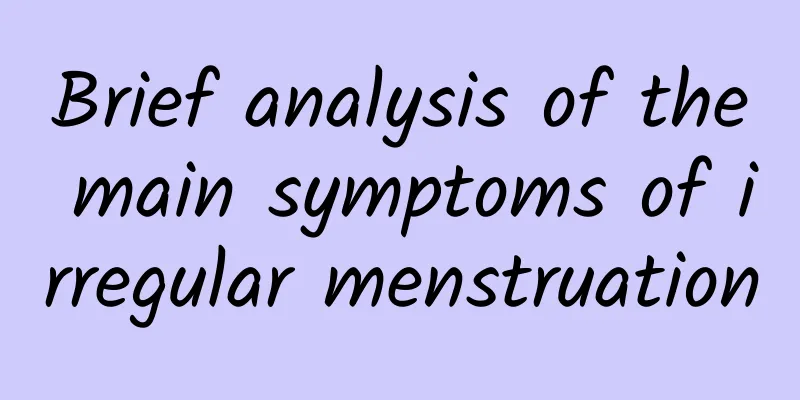How to cure fallopian tube blockage after abortion

|
How to cure fallopian tube blockage after abortion? With the openness of people's minds, many female friends will choose abortion after an unexpected pregnancy. Although artificial abortion brings convenience to everyone and eliminates worries, the harm caused by abortion cannot be ignored. Among them, fallopian tube blockage is one of the common complications. So, how to cure fallopian tube blockage after abortion? After an improper abortion, salpingitis may occur, the fallopian tube mucosa may be damaged, the lumen may narrow, or even the lumen may be blocked, resulting in loss of fertility or ectopic pregnancy. Therefore, fallopian tube blockage after abortion is very harmful to the patient, so it should be taken seriously and actively examined and treated. Different surgical treatment methods are required for different locations of fallopian tube blockage. If the blockage is at the fimbria, top, or end, a "stoma" is usually performed to "reopen" the blocked area. If the blockage is in the middle of the fallopian tube, the blocked section of the fallopian tube is usually removed directly, and then the remaining two ends are anastomosed. Patients often worry that the length of the fallopian tube will shrink after it is removed and then anastomosed, and it will not be enough. In fact, a normal fallopian tube is 10 to 15 centimeters long. For the combination of sperm and egg, a 6 to 8 centimeter long intact fallopian tube is enough. Therefore, the 1 centimeter removed has almost no effect on conception. It should be noted that if the blockage of the fallopian tube is close to the uterus, the doctor may not recommend surgery. Because the fallopian tube near the uterus is very thin, the hole is only the size of a pinhole, and it is difficult to open it by surgery. Even if it is opened, it is easy to form adhesions, and the surgical treatment effect is very poor. Generally, for this situation, the doctor will recommend direct in vitro fertilization. In vitro fertilization does not require passing through the fallopian tube, which fundamentally avoids the trouble of fallopian tube blockage. |
<<: Is it necessary to cure inflammation before abortion?
>>: Can infection after abortion be cured?
Recommend
What are the hazards of uterine effusion to women's health?
What causes intrauterine effusion? Intrauterine e...
Can you eat plums during menstruation? But it is not advisable to eat too much
Plums can be eaten during menstruation, but it is...
Experts give advice on how to prevent cervicitis
Cervicitis is usually caused by exogenous infecti...
Why is cervical erosion difficult to cure for a long time? There are four reasons why cervical erosion in women cannot be cured.
It is difficult to completely cure gynecological ...
The symptoms of vulvar leukoplakia are present on both labia majora and minora
The symptoms of vulvar leukoplakia are manifested...
How to treat severe cervical erosion in women? Is severe cervical erosion in women serious?
How to treat severe cervical erosion? Cervical er...
Why is there more yellow leucorrhea during lactation? There are many reasons
There are many reasons why leucorrhea is yellow d...
Precautions after cervical erosion surgery
Precautions after cervical erosion surgery: 1. Ha...
What are the ways to prevent vaginitis?
Gynecological diseases are harmful to women, and ...
Will microwave cervical erosion recur?
Will microwave cervical erosion recur? If microwa...
What foods should be avoided after uterine fibroid surgery? What foods are best to eat after uterine fibroid surgery?
Uterine fibroids are a common benign tumor of the...
Can endometritis and pelvic inflammatory disease be cured?
Endometritis and pelvic inflammatory disease can ...
What are the main symptoms of left ovarian cyst?
In the 21st century, more and more women suffer f...
What are the methods to cure vulvar leukoplakia
What are the methods to cure vulvar leukoplakia? ...
Female patients must pay attention to the common symptoms of uterine fibroids
Uterine fibroids are a common gynecological disea...









